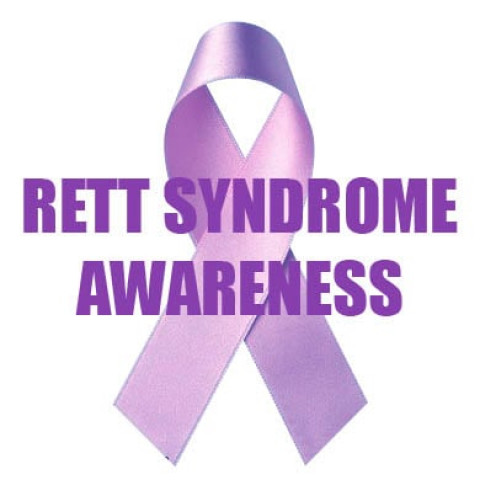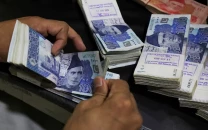Rett Syndrome Pakistan: For a condition that isolates a child, one mother starts reaching out
Girls with the condition can’t walk or talk in many cases.

Rett Syndrome Pakistan: For a condition that isolates a child, one mother starts reaching out
The condition, which is linked to the MECP2 X-chromosome, affects mostly young girls but boys can be born with it too. There is a higher probability for girls, simply because they come into this world with two X-chromosomes, instead of one as in boys. It can sometimes be misdiagnosed as autism or cerebral palsy.
Rett, a neuro-development one on the Autism spectrum, is one of over 7,000 genetic conditions and there is no cure for it. But Ayza’s doctors are hopeful that before she turns 10, there may just be a breakthrough that thousands of parents are praying for worldwide. Clinical trials for a treatment have begun in the United States and the Rett Syndrome Research Trust has been working aggressively, performing tests and studies on thousands of girls, including Ayza.
Ayza and her mother Sana Kashif, the founder of Rett Syndrome Pakistan (RSP), are thus not alone in a fight to spread knowledge of the condition that is found in one in 10,000 girls. In fact, according to RSP, every two hours, a girl is born with it. That means 19 girls every day.
“It’s like living your life bound and gagged,” said Sana, last week at the first ever Blue Sky Girls seminar to spread the word.
Sana discovered her child had Rett when she was one year old. “Ayza wouldn’t walk or babble like other children her age and I started to get worried. Many people told me that I was paranoid but I went from paediatrician to paediatrician who gave me a list of conditions but I wasn’t convinced.”
As an MBA from a reputable institution in Karachi, Sana put her skills to work by doing some research on her own. The power of Google, is how she put it. “I read up on many disorders, then, when I began researching on disorders branching from Autism, I came across Rett Syndrome,” she said. “I prayed to God that wouldn’t be what Ayza had.” Around the same, a doctor also proposed a similar diagnosis and from that day began Sana’s struggle to help her daughter and thousands of others like her have the information they need to know.
“Many parents do not know or realise what is wrong,” explained Dr Bushra Afroz, a consultant paediatrician and clinical geneticist at the Aga Khan University Hospital. “But this isn’t necessarily the parents’ fault. There are some things that we have learnt about the disorder but there also remain dark areas which we have yet to discover.”
From what doctors do know is that in many cases of classical Rett Syndrome, the child’s linear growth starts declining by two years of age. By four years, their head’s circumference tends to fall two sizes smaller than the standard. Later, height also falls by two sizes.
A child with Rett will mostly communicate through their only window to the outside world, their eyes. They will most likely have intense hand movements, screaming spells and disrupted sleep patterns. Sana has been through it all, still she remains hopeful.
“I can only pray for a cure but even otherwise, I know Ayza was brought into my life for a reason,” said her mother proudly. “Other parents need to learn the tolerance, love and patience these children bring out in us.
http://rettsyndrome-pakistan.org/
Four clinical stages of classical Rett Syndrome
Stage 1
Onset: six months to 1.5 years
Duration: weeks to months
Developmental delay, postural and motor delay
Disassociate / disordered development
Bottom shufflers (tend to move around using hips rather than crawling or walking)
Stage 2: Rapid developmental regression
Onset: one to four years
Duration: weeks to months
Loss of acquired skills: fin-finger movements, babbles/words, active playing
Mental deficiency, preserved eye contact
Modest breathing problems
Occasionally in another world
Seizures in 15 per cent of the cases
Stage 3: Pseudo-stationary period
Onset: after passing stage 2
Duration: years to decades
Preserved walking ability...non ambulating
Sterotype hand movements
Slow neuro motor regression
‘Wake up’ period (after being aloof suddenly they are more alert)
Stage 4: Late motor deterioration
Onset after cessation of stage 3
Duration: decades
IVA: previous walkers... non ambulating
Source: Dr Bushra Afroz, Clinical geneticist, AKUH
Published in The Express Tribune, October 17th, 2011.



















COMMENTS
Comments are moderated and generally will be posted if they are on-topic and not abusive.
For more information, please see our Comments FAQ